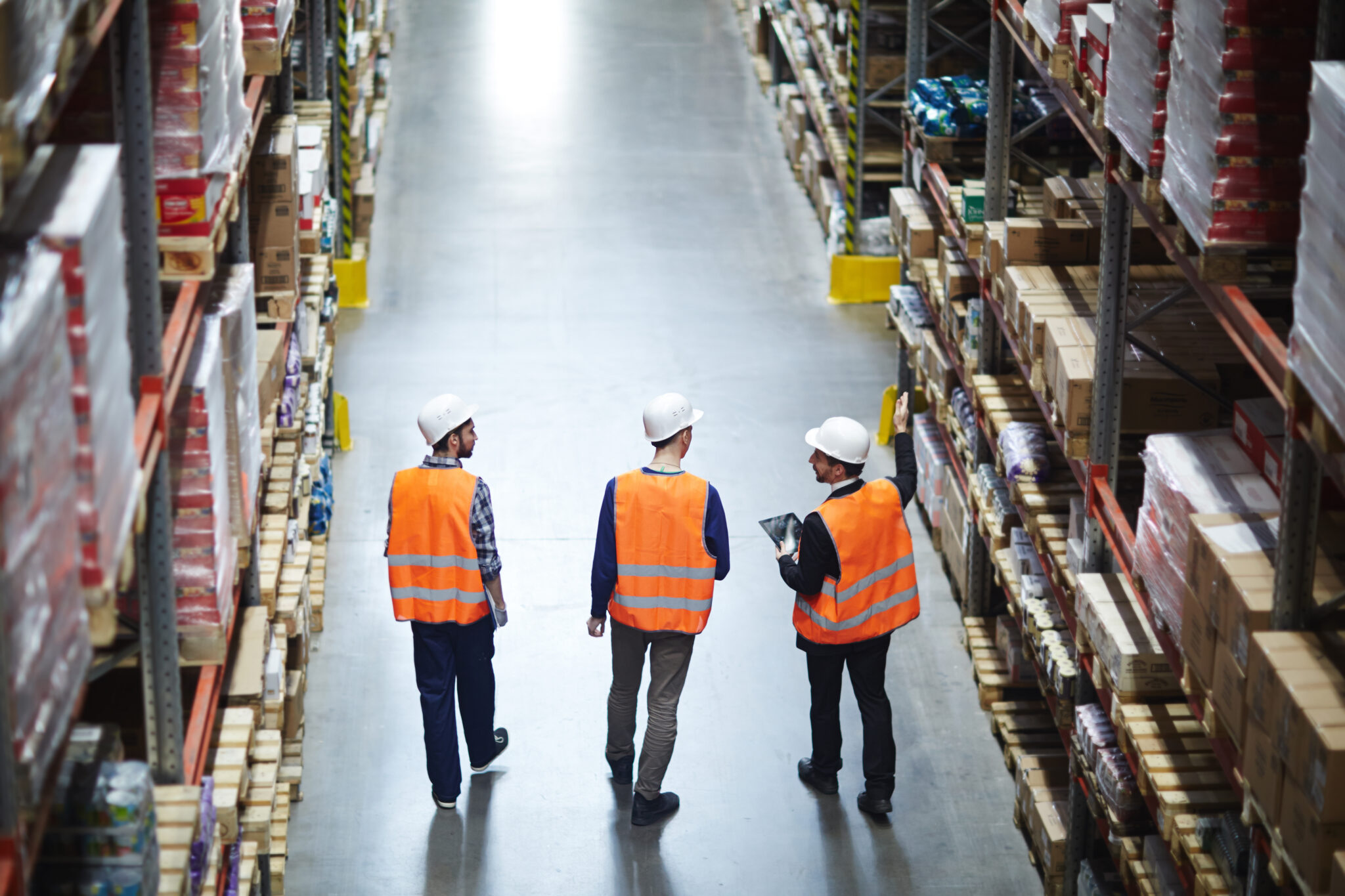Balloon One has secured a client partnership with Moonpig, choosing to install Körber warehousing and supply chain software (which is now known as Infios) in a move to resolve existing stock visibility issues and eliminate unnecessary stock write-offs.
Starting out in April 2000 as the UK’s first online card retailer, Moonpig Group has grown rapidly to become the leading international gifting platform, with a rich history of innovation. Over time, the Group has expanded its offering, adding a wide range of gifts, flowers, experiences and balloons to its range.
Since listing on the London Stock Exchange in 2021 the company has established successful businesses in Ireland, the Netherlands, Australia and the US. And more recently, the Group has acquired gifting and experience businesses, Red Letter Days and Buy A Gift.
To facilitate growth, in 2023 Moonpig opened a new, state of the art 120,000 square foot warehouse in Tamworth, Staffordshire, its first in the UK. The site, which is capable of handling more than 9,000 cards per hour, also operates as a distribution centre for the gifting arm of the business, housing its entire gifting range of more than 1,500 SKUs.
During off-peak periods, thousands of gift orders are taken per day, but during peak times – Mother’s Day, Father’s Day, Valentine’s Day and Christmas – this can increase to tens of thousands of orders a day. The warehouse usually operates from 6am until 10pm, but during these surge periods it’s open 24 hours a day in order to meet the more than seven-fold increase in demand.
Stock visibility issues of the previous warehouse system
Even though they only recently went live with their previous system, it did not offer Moonpig the flexibility they required to meet their needs.
Richard Johnston, Moonpig’s Senior Engineering Manager, comments: “We have faced challenges with the previous system not being sufficiently configurable or customisable, making it ineffective in helping us scale. Another issue we have faced is that it doesn’t integrate well with our other software and has left us feeling as though we are conforming to a system that doesn’t meet our needs, rather than making it work for us.”
Iain Swinton, Director of Operations and Supply Chain and the project sponsor for the change of WMS adds: “From an operations perspective, the old system did not allow us to have good visibility of where our stock is, which subsequently has led to us writing off stock that is out of date or missing.”
Johnston says that configurability and visibility issues were causing problems with picking and reconciliation. He adds: “We couldn’t understand what stock was in process, meaning we were unable to accurately report stock levels to the website.”
Over time, the WMS system was proving to be financially non-viable. In addition to a number of product lines being written off, more staff were employed to better manage the stock as a means of coping, and it was at this point a business decision was made to put better controls in place.
Körber WMS will eliminate unnecessary stock write-offs
To address these challenges, Balloon’s comprehensive solution for Moonpig includes: Körber WMS (now known as Infios); Springboard Server – Balloon’s proprietary middleware that allows a seamless integration with Moonpig’s ERP system; SAP By Design; and a carrier integration to Royal Mail.
To assist in choosing the right supply chain partner and technology, Moonpig engaged the Supply Chain Consulting Group. Swinton says: “They have guided us through a methodical RFI, RFP and RFQ process where we went from 30 original vendors down to a shortlist of six, then down to a shortlist of three.”
After on-site workshop sessions and classroom demonstrations from all three, and with the involvement of more than 20 Moonpig staff, the company chose Körber as its WMS. Swinton explains: “It’s been a thorough process, but everyone has been invested in making sure that we get the right solution to make sure it improves on our existing system.”
Johnston adds: “Körber and Balloon stood out due to their level of knowledge. They could answer any question we had and could pull up a screen and show us how it could be done. Some of the other systems would need more customisation, but it was clear Körber WMS was not going to hold us back.”
Swinton adds: “We’re really excited about the system and the flexibility it will give us. We are a tech company with lots of technically minded employees who like to improve and change things to make them work better for us, so we’re excited about the opportunity this new system will provide and where it will take us in future.”
Working with Balloon
The team is finding Balloon supportive to work with. Emma Whitehead is Delivery Lead for Moonpig and is supporting the project side of the implementation. She says: “Everyone at Balloon is really communicative. They’re easy to get hold of and will jump on a call when needed.”
Richard Johnston adds: “The overriding feeling within the business is that we are confident this partnership will provide an effective solution for our needs, which will allow us to work more efficiently and seamlessly across multiple teams within the business.”
Ed Napier-Fenning, Balloon’s Business Strategy and Sales Director, comments: “We’re excited to partner with Moonpig and to support them in their quest to become the ultimate gifting companion. We look forward to enabling them to scale efficiently, have complete visibility into their stock situation and to eliminate unnecessary stock write-offs.”














